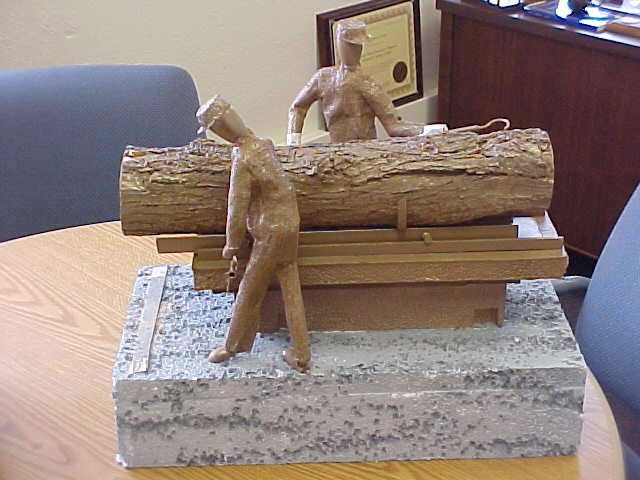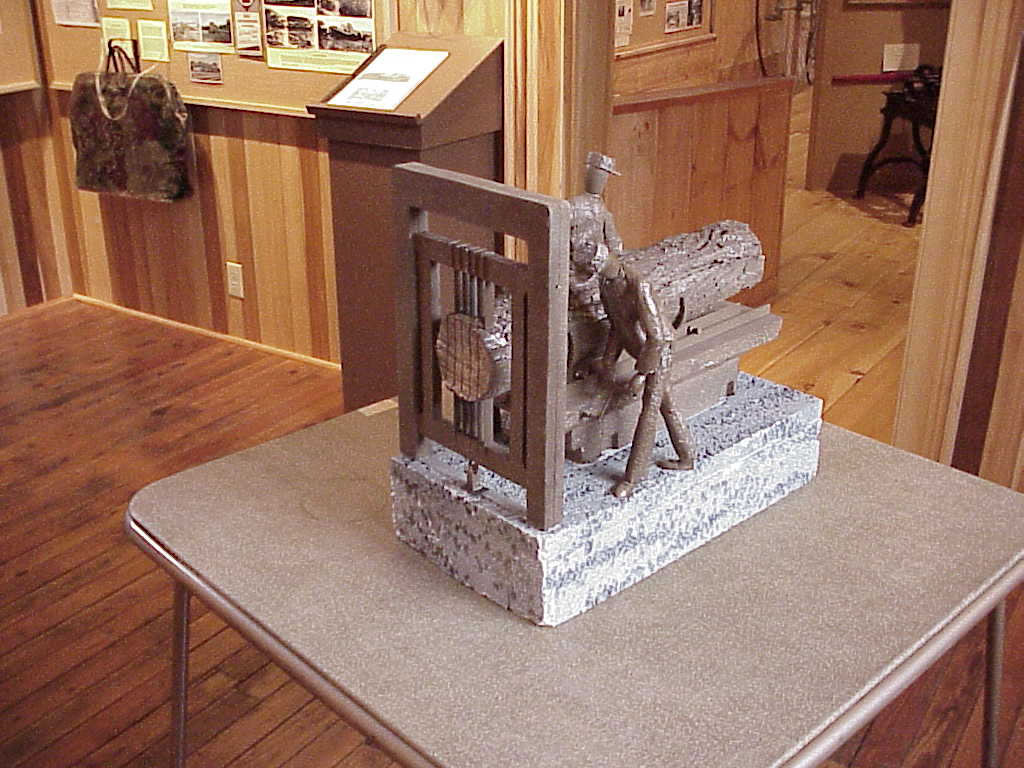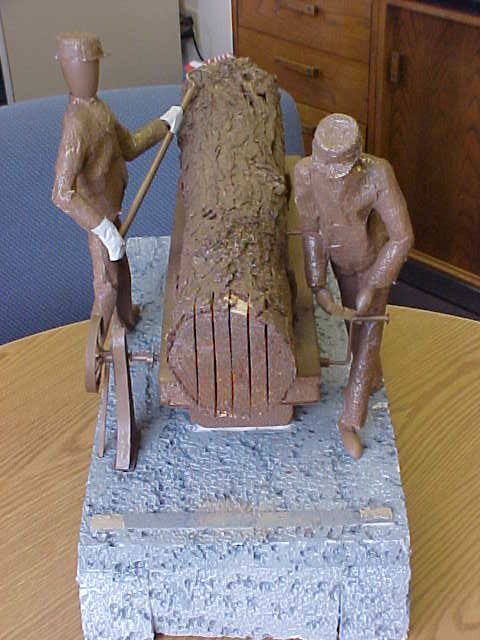test
The Town of Erwin is located in the southern end of Steuben County, next to the City of Corning. The Town is at the crossroads of the Southern Tier Expressway, NYS Route 17, and the major North/South Route 15. The Town of Erwin encompasses the Village of Painted Post. The Town is host to a variety of industry, commercial, and residential developments, including two Fortune 500 companies, over 50 stores, and an 8-screen movie theater. It has a population of 8,037, including 1,842 in the Village of Painted Post. The industrial park and the commercial/residential center of the Town are served by modern municipal sewer and water.
The Town Hall, located at 310 Town Center Road, houses all major departments of the Town, except for Highway and Sewer/Water, which are within one mile of the Town Hall. The Town offers a wide variety of services including parks and recreation, senior citizens activities, and a museum of Indian artifacts. The majority of the Town is in the Corning-Painted Post School District.
The Town has an assessed value of over $423 million. It has an annual budget of approximately $4 million. The Town has over 55 miles of roads maintained by the Highway Department, which also provides such services as leaf pick-up, street sweeping, and a yard waste drop off. There are several private garbage disposal companies which provide service to Town residents, and the County drop-off point for all garbage and recyclables is located in the Town.
During the Colonial period (1700's), the valleys of the Chemung River tributaries comprised the domain of the Seneca's. This unit of the Iroquois Confederacy was called the door of the Six Nations through which passed all communications.
This was a central crossing of the principle Indian trails as well as a resting place and rendezvous for Indians traveling north, south, east, and west. Indian houses were located near the river, fields were cultivated, and a huge post was set in an open space and said to be representing an enemy. Festivities and dances were held around this post, and huge fires were built.
Eventually, the border wars brought the white man into this region.
Early settlers were said to have seen some kind of post or monument located where the Tioga and Conhocton rivers join to form the Chemung river. Much hearsay has taken place about the painting of the post - some say with red berry juice or blood. There have been many descriptions of the post.
In 1792 Samuel Cook, 13 years of age, traveled through this area with his father and described the post as an oak post 10-12 feet high and 10-14 inches square about 4 feet above ground and then octagonal at the top. Cook remembered it as a plain post with no markings.
Whatever the previous descriptions, a post did exist, and it still does in the Village Square complex in the Village of Painted Post in the form of a monument with a sculptured statue of Chief Montour, a Seneca Indian chieftain, who reportedly was victorious in a battle in this area.
Thus, the name "the land of the painted post".
The post was there until 1801 or 1802, then replaced with a new one. The old post was taken to the tavern of Captain Samuel Erwin where the post was eventually destroyed by souvenir hunters.
In 1824 an Indian warrior carved of sheet iron by John Wygant, a blacksmith, was placed atop a 30' shaft as a weathervane. It is now located in the Erwin Museum in Painted Post and is considered to be a fine example of folk art.
In 1880 a second sheet iron Indian was dedicated to replace Wygant's Indian.
In 1893 a cast figure of Chief Montour was erected on a 15' stone monument and dedicated in 1894.
In 1948 the Chief was blown down and shattered during a violent windstorm.
In 1949 the citizens of Painted Post voted to replace the deposed Indian chieftain. Norman Phelps, art teacher at Painted Post High School, was chosen to sculpt the Indian, and the dedication of the present Chief Montour monument, that you see in the Village Square complex, took place in May of 1950.
The Town of Erwin is rich in Indian history as shown in the Erwin Museum. Local people have dug up or found Indian artifacts throughout the entire area.
Today, the Chief Montour monument is there to remind us of our heritage - past, present, and future - in the Village of Painted Post and the Town of Erwin.
The year that George Washington became our first president, surveyors employed by Phelps-Gorham in Canandaigua began laying out township lots in the vicinity of Painted Post using a grid system approximately 6 square miles and designated ranges.
All land west of the Pre-emption Line was designated Ontario County with the County seat in Canandaigua.
In 1793 the town was organized and named Painted Post. This town was made up of the Towns Hornby, Campbell, Erwin, Lindley, Corning, and Caton. After a time, each town was separated from Painted Post and organized as a separate political entity with an individual name.
While the surveyors were working, Colonel Arthur Erwin from Bucks County, PA came up the Old Andaste Trail supervising a cattle drive destined for Fort Niagara. With an Indian guide, he rode over the hills to see the lay of the land. He then hurried to Canandaigua to offer Mr. Phelps 1500 dollars for Town Two, Range Two (Erwin). The offer was accepted, and cattle was used for part payment.
Erwin was a wealthy Irish immigrant, had served in the American army during the Revolution, and owned other lands as well. Colonel Erwin was shot by a "squatter" over a land and crop dispute while visiting in PA. No one was ever charged with the murder. As a result, Colonel Erwin never lived in the Town of Erwin.
Sons, Samuel and Francis inherited the portion that is now the Village of Painted Post.
Two towns, Erwin and Lindley, were broken into small lots resulting in large-scale lumber mills here. These large mills eventually led to the development of industry in the area.
As the area grew, products became marketable, but there was no way to get them to the bigger cities. Then in about 1798-1800, it was discovered that the streams were navigable at certain times of the year, and this led to the manufacturing and marketing of lumber, agricultural products, new grist mills, etc.
The Town of Erwin gained fame as a lumber district. The Erie Canal was complete but no way to get the product to the head of Seneca Lake. The Chemung Canal came into being in 1829. Products were then shipped from Corning to Elmira via the Feeder Canal and hence to Seneca Lake via the Chemung Canal.
1813 -population was 954
1826 -Town of Erwin organized and held first election 03/07/1826. Sam Erwin was the first supervisor.
1830 - 1832 Isaac Grey and two lawyers purchased about 4000 acres of land that had superior and valuable timber. They built the first sawmill on land that is now "Gang Mills" In 1846 the mill was rebuilt, enlarged, steam was added to hydraulic power, new machinery and buildings. This area then became the most extensive lumber establishment in town, county or state.
1838 - General F. E. Erwin was elected supervisor of this town substantially as it exists today.
1833 - Captain Sam Erwin first laid out the Village plot of Painted Post between Hornby Road, the river, Hamilton and Steuben streets. Later enlarged by General Erwin and others.
1841 - Dr. John Cooper Built a large residence, sold lots and started a small village on his farm near the junction of Meads Creek Valley with Conhocton river and western boundary of the Town of Erwin. 25 or 30 houses were built as well as a hotel (Ogden's), churches, schoolhouse, flour and grist mill, steam saw mill, chair factories, wagon and blacksmith shop, 1 or 2 stores, post office, etc. The Rochester branch of the Erie Railroad had a station here. This hamlet is "Coopers Plains".
1848 - 1849 The first schoolhouse was built by Arthur H. Erwin and rented to the district for $100 per year. This was located on the south side of the river.
1868 - The present brick schoolhouse built on Charles Street for $14,000 including lot and furniture.
1850 - Methodist Church Society erected an edifice on the corner of Chemung and Steuben Streets.
Sept. 1850 - Lodge of F & A Masons instituted in Village
1852 - Corning, Painted Post, Coopers Plains and Monterey Plank Road Company was formed. A track was laid from the Village of Monterey to Coopers Plains, then to bridge over the Conhocton River at Corning - about 15 miles with four toll gates. Six years later the plank road was abandoned between Coopers Plains and Monterey. Later a "Jordan" road from Corning through Painted Post to Coopers Plains was built.
1852 - Baptists organized. Meetings were held in Empire Hall (SE corner of Water and Hamilton Sts). The hall burned in 1860, then the Tabernacle was built.
1861 - Town and Village furnished soldiers to put down the memorable Southern secession and rebellion.
1860 - 1863 Again, much growth in the Town and Village. Soil was a deposit of rich alluvium adapted to grow cereals, roots, choice fruits, dairy farming, stock, wool growing. Lumbering began to dwindle.
1870 - Bronson & Higman opened a Bank in the Bronson Block.
10/18/ 1870 - The "Painted Post Times" commenced printing. The following year, planing mill, lumber yard was built and the Erie Railroad was finished to a point 4 miles south of the Village or at the eastern terminus of the Canisteo Valley.
02/29/ 1872 - On a cold evening 9 below zero, all buildings between Hamilton Street and Erie Railway crossing on the south- side of Water Street including the Empire block was burned. Nearly all the buildings were replaced with better buildings.
1873 - Three post offices in the Town of Erwin - at Painted Post, Coopers Plains, and at Erwin.
1850 - The New York and Erie Railroad was completed between Corning and Hornellsville, passing through the village. In 1852, the Buffalo, Conhocton Valley and New York railroad formed a junction in this village with the Erie.
1855 - The Union Telegraph Company completed a line along the E. R.R. and through the village; and in 1857 another telegraph line was made along the B.C.V. and N.Y.R.R.. This transportation and communication system really advanced the growth of the Town and Village.
1896 - Weston Engine Works started in Painted Post followed by The Rand Drill Company making Weston's steam engines and a specialty air compressor. Later called the Imperial Engine Company and the Ingersoll Rock Drill Company joined forces to form the Ingersoll-Sergeant Drill Company in 1897.
1905 - The Rand Drill Company and Ingersoll-Sergeant Drill Company merged and formed Ingersoll Rand. Ingersoll Rand Company was a great contributor to the economy and growth of Painted Post and the Town of Erwin, and played a very important part in our national defense and war effort during World War II. They manufactured all sizes of air compressors, gas engines, and related machinery. Ingersoll Rand is a world- wide company.
1987 - Ingersoll Rand moved from Painted Post and Dresser Rand came in and now manufactures gas engines and reciprocating compressors for the gas and oil industry. Dresser Rand and Dresser Industries. This is the primary industry in Painted Post.
Through the 20th century, the Town and Village has experienced steady growth in industry and business. The quality of life here is exceptionally good.
After the 1972 Agnes Flood which devastated much of the Town of Erwin and the Village of Painted Post, the area was rebuilt and has grown to be a very prosperous and progressive community. New businesses are encouraged and are guided by our Community Development group and our local government.
Erwin has good schools, housing, senior housing, parks, recreational facilities, shops, churches, utilities, and still attempts to maintain a sub-urban setting. Erwin has a State Forest area, good restaurants, motels, and is located in the heart of the Southern Tier tourist region. From Erwin or the Village of Painted Post, visitors can visit the recreational area of the Cowanesque-Hammond Dams (Federal) in PA, the Watkins Glen Race Track, The Corning Inc. Glass Center and Museum, wineries in the finger lakes region, the gliders at Harris Hill, theaters and entertainment.
Other than the Glass Center and Museum, there is the Benjamin Patterson Inn Museum in Corning, and the Painted Post -Erwin Museum at the Depot in Painted Post. The Painted Post-Erwin Museum depicts the life and history of its people from Colonial and Indian days. Erwin was great Indian country and has a great collection of Indian artifacts in the museum here.

First slide Caption

Second slide Caption

Third slide Caption
test
finish webpage soon
Just working on the logo and we can set a date! - Adam